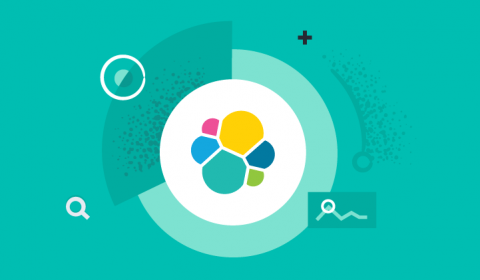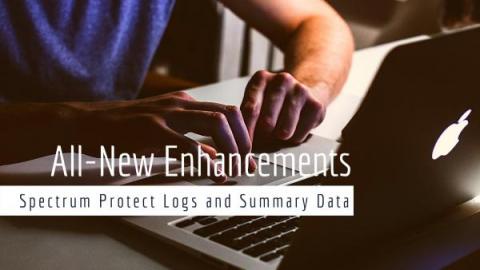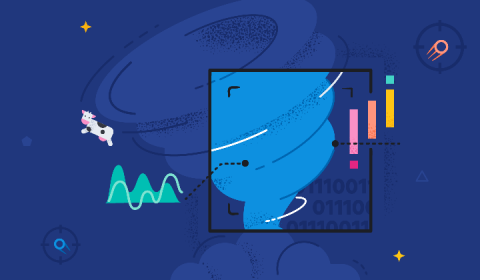Operations | Monitoring | ITSM | DevOps | Cloud
Logging
The latest News and Information on Log Management, Log Analytics and related technologies.
20 Best Cloud Monitoring Tools of 2021: Pros & Cons Comparison
When providing services to your customers you need to keep an eye on everything that could impact your success with that – from low-level performance metrics to high-level business key performance indicators. From server-side logs to stack traces giving you full visibility into business and software processes that underpin your product. That’s where cloud monitoring tools and services come into play.
Illuminate 2020 Keynote: Christian Beedgen
What are logs and why monitor them?
What are logs? In computing, when generally speaking of “log”, we refer to information belonging to a more or less low level reported by the operating system or a specific application that helps identify what is being done, including errors, problems or minor warnings, and when that happens, it indicates the date and time. In some cases, the source, the user, the IP address and other interesting fields from the point of view of what has happened can be identified.
Elastic on Elastic: How InfoSec deploys infrastructure and stays up-to-date with ECK
This post is part of a blog series highlighting how we embrace the solutions and features of the Elastic Stack to support our business and drive customer success. The Elastic InfoSec Security Engineering team is responsible for deploying and managing InfoSec's infrastructure and tools. At Elastic, speed, scale, and relevance is our DNA and leveraging the power of the Elastic Stack is the heart of InfoSec.
How to Monitor Amazon Redshift
Galileo Enhancements: Spectrum Protect Logs and Summary Data
How to create fast queries with Loki's LogQL to filter terabytes of logs in seconds
LogQL, the Loki query language, is heavily inspired by Prometheus PromQL. However, when it comes to filtering logs and finding the needle in the haystack, the query language is very specific to Loki. In this article we’ll give you all the tips to create fast filter queries that can filter terabytes of data in seconds. In Loki there are three types of filters that you can use.
Testing your Okta visibility and detection with Dorothy and Elastic Security
When approached by stakeholders in their organization, few security teams can confidently demonstrate that logging and alerting capabilities are working as expected. Organizations have become more distributed and reliant on cloud offerings for use cases such as identity and access management, user productivity, and file storage. Meanwhile, adversaries have extended their operational capabilities in cloud environments.
Log-based monitoring for AWS Lambda
Monitoring and analytics have been an issue for Serverless systems since they were invented. While it’s easy to attach an agent like NewRelic or DataDog to a server or container, function monitoring requires a different approach. Serverless applications, where logic is distributed over a large number of functions, attaching agents or wrappers leads to cost increase and development overhead.











